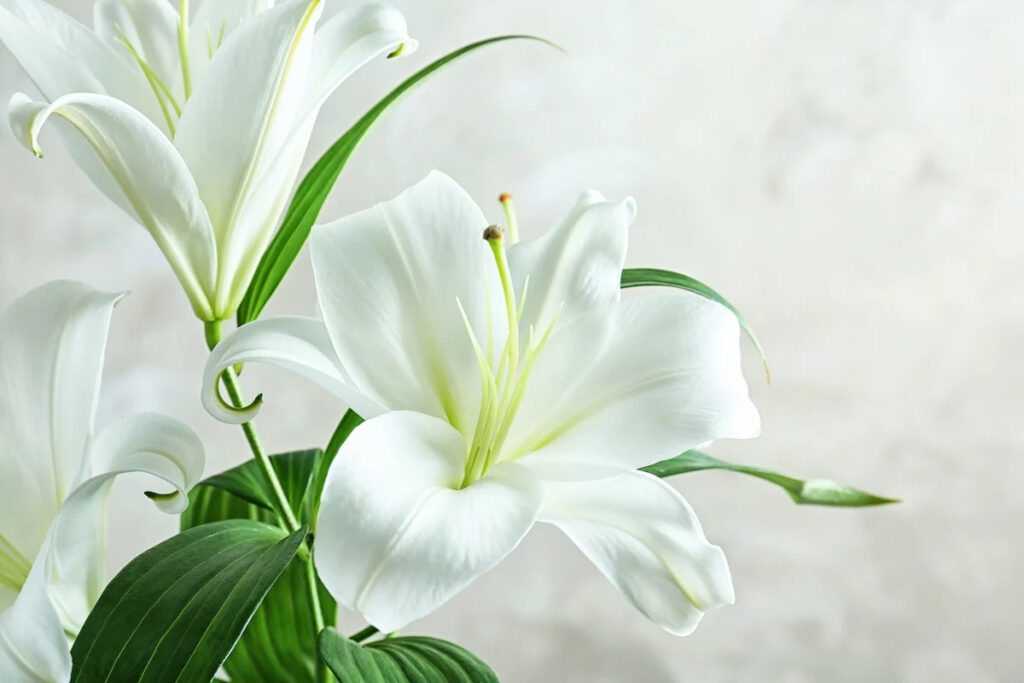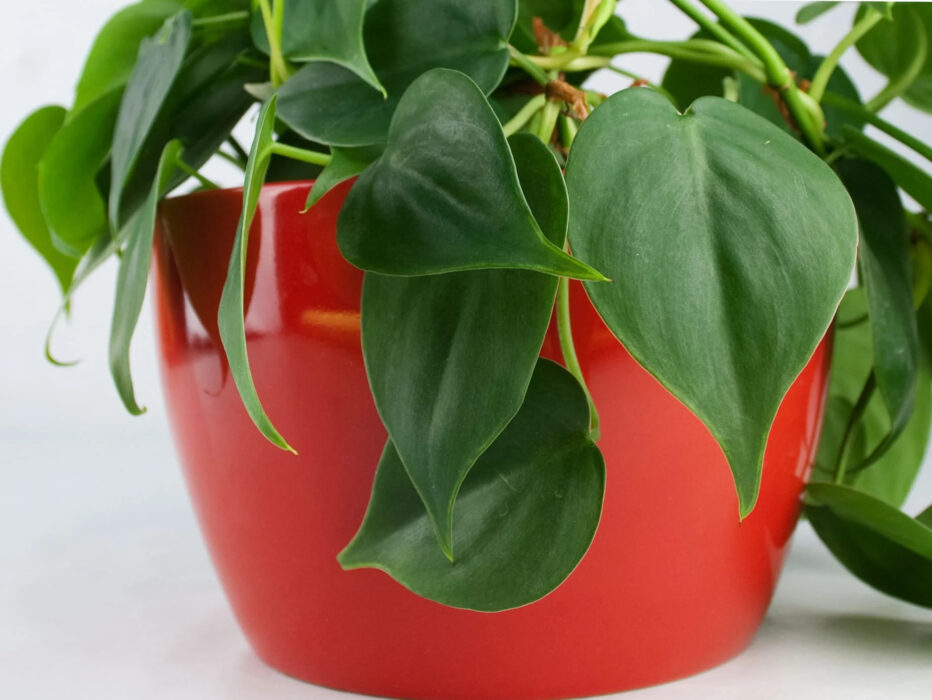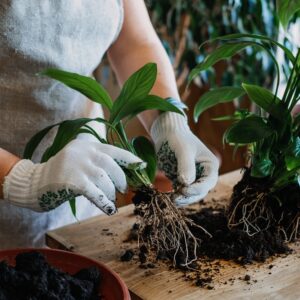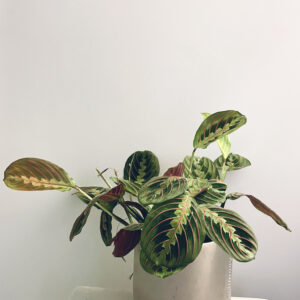
Houseplants bring a lot into a home. Colour, extra oxygen, life, improved concentration and can even help reduce stress. Who wouldn’t want a plant or two, or a million, in their house? Maybe ask your dog.
Even though they’re pretty, houseplants were designed to thrive on their own, in their own climate, where there are lots of variables out there to cause them harm; including insects and other small critters. Unfortunately, some species are dangerous for our pets and could prove fatal if ingested.
Here are some plants to not keep within reach of pets. If you have any of these plants in your home (like me), it’s a good idea to keep a pet First-Aid Kit and your vet’s phone number handy.
Aloe vera – We’ve mentioned these plants before for their easy-to-grow-ability and magical healing gel hidden in its leaves, but aloes have the opposite effect on dogs. While the gel isn’t harmful to pets if ingested, other parts like the plant’s sharp spines can harm the digestive system.
Jade – There are so many different variations of jade plants such as jade tree, dwarf rubber plant, friendship tree and baby jade. And all of them are not safe to be around pets and are even mildly poisonous to humans. Upon ingestion, jade causes symptoms like vomiting and diarrhea in humans and are included in the list of extremely poisonous plants for dogs and cats, according to the ASPCA. The ASPCA says if your cat or dog is lured into taking a bite of the last they can develop jade poisoning.
Alocasia – More commonly known as an elephant’s ear, ingesting any part of an alocasia can be devastating to a pet. Known to cause oral irritations, pain and swelling of the mouth, lips and tongue, drooling, vomiting and difficulty swallowing, an alocasia is not a plant I would suggest any pet lover own.
Lilies – Bad news for this common Easter flower, the entire lily plant is toxic: the stem, leaves, flowers, pollen, and even the water in a vase. According to the FDA, if your cat eats just a small amount of a flower or even a flower petal, licking a few pollen grains off its fur while grooming or drinking water from the vase can cause your cat to develop fatal kidney failure in less than three days. They’re not even that pretty. Avoid!

Philodendron – These houseplants are fun because they are so easy to grow and propagate new babies. But don’t get too wild with these plants if you have pets because the more of them you have, the more likely it is for your pets to become curious and start sniffing around where they shouldn’t. Every kind of philodendron contains oxalate crystals. The crystals burn the mouths of dogs and cats and can also cause excess salivation or trouble swallowing.

Sago palm – Not all palms are toxic to pets. You can safely own a parlor palm tree and keep it around your pets, but avoid the sago variation. VCA Canada says all parts of the sago palm are poisonous, but the seeds (nuts) are the most toxic to pets and are easier for pets to eat than the prickly fronds. The sago palm contains several toxic compounds so ingesting even a small amount of the plan can cause serious effects.
Got a green tip to share with us or something plant-ey you would like us to investigate? Send your ideas to Jace at aestheticSnail@outlook.com.










